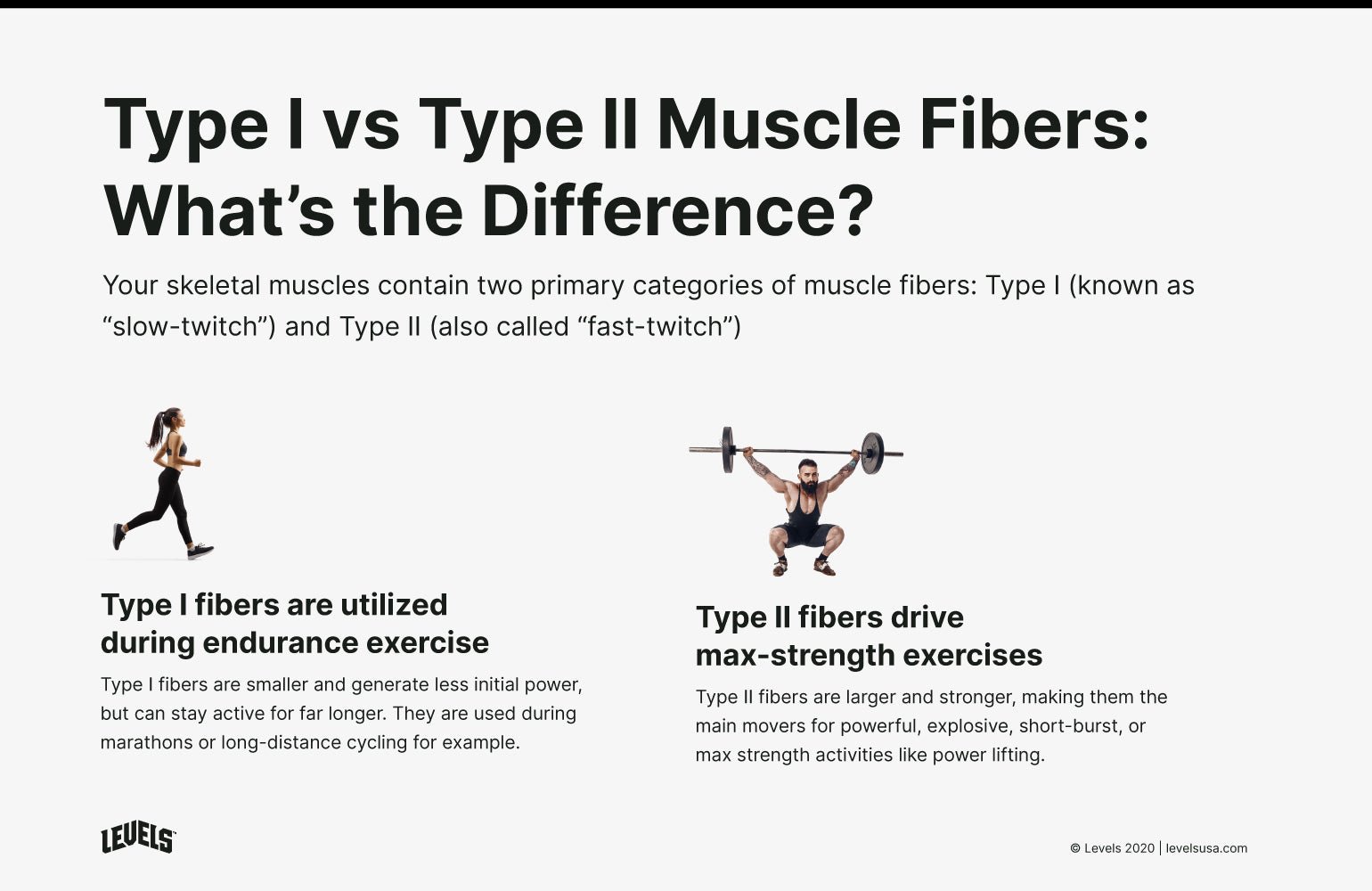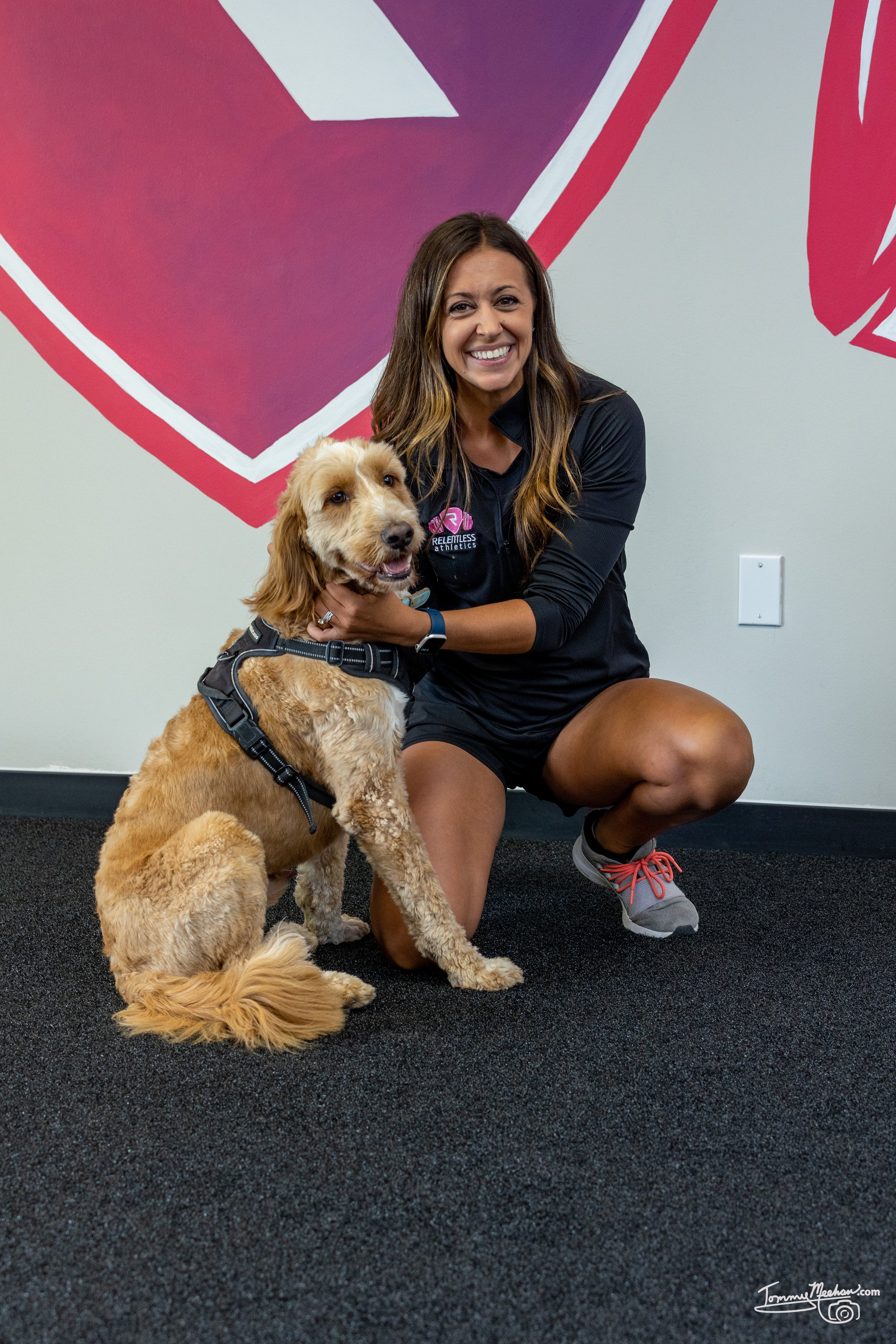A Guide to Plyometrics for the Female Athlete: Why Girls Require a Different Approach to their Training.
By Emily Neff (Pappas), Ph.D. student
As parents, we all want to see our daughters excel in sports and reach their full athletic potential.
Plyometrics, or jump training, can significantly enhance a female athlete's power, agility, and overall performance.
While plyometrics are a fundamental component in building explosive power, they might not be sufficient on their own, especially for female athletes who lack an abundance of fast-twitch muscle fibers.
Keep reading to learn the two types of plyometrics that female athletes need to incorporate in their training and how resistance training allows plyometric training to realize greater results!
Plyometrics: A Foundation for Explosive Energy
Plyometrics, or jump training, focuses on dynamic, explosive movements designed to harness the power of fast-twitch muscle fibers.
The female athlete needs two types of plyometrics to drive power development that translates into higher jumps, faster sprints, and more powerful throws.
1) POWERFUL Plyometrics: Jumping High to Boost Fast-Twitch Muscle Fiber Recruitment
Powerful plyometrics involve explosive movements with the goal of jumping as high as possible.
This type of training is crucial for female athletes because it specifically targets fast-twitch muscle fibers. These fibers are responsible for quick and powerful movements, making them essential for sports that require bursts of speed and strength.
Compared to boys, females lack fast-twitch muscle fibers as their bodies favor slower-twitch fibers— making them innately better at endurance sports than power sports.
Unfortunately, sports like soccer, basketball, softball, lacrosse, and field hockey all require POWER for peak performance
.
This means females need more training for type two fiber development and recruitment to realize results on the field and court.
Jumping exercises like box jumps, vertical jumps, and depth jumps are excellent examples of powerful plyometrics. By incorporating these into the female athlete’s training regimen, she trains her body to recruit more fast-twitch muscle fibers.
Unfortunately, recruiting fast twitch muscle fibers is not the same as developing them….. this is why the female athlete needs resistance training in her year-long training program.
2) FAST Plyometrics: Jumping Quickly for Enhanced Tendon and Ligament Stiffness
Fast plyometrics focus on the speed of the jump rather than the height.
The primary goal is to build tendon and ligament stiffness, contributing to greater power expression during athletic movements. Stiff tendons and ligaments act like springs, storing and releasing energy efficiently.
To implement fast plyometrics, consider including exercises like quick lateral jumps, bounding, and hurdle hops. These movements enhance the strength of your daughter's tendons and ligaments and improve her overall coordination.
The Upper Body Advantage: Why Training Upper Body Coordination Matters.
While plyometrics often emphasize lower body strength, incorporating upper body engagement can significantly boost power outputs for female athletes.
Teaching the female athlete how to use her arms effectively during a jump can improve overall coordination and increase the force generated during takeoff.
Encourage exercises that involve swinging the arms, such as medicine ball throws or arm swings during jumping drills. This integrated approach helps synchronize the entire body, resulting in a more powerful and efficient jump.
Resistance Training: Bridging the Gap for Fast-Twitch Fiber Deficiency
While plyometrics recruit fast-twitch muscle fibers, female athletes inherently have fewer of these fibers, making it challenging to maximize explosive power solely through jump training.
This is where resistance training steps in as a complementary force.
Resistance training becomes vital for female athletes who may lack an abundance of fast-twitch fibers to build the strength needed for powerful athletic performance.
Synergetic Training: Combining Plyometrics and Resistance Training for Female Athletes
When plyometrics and resistance training join forces, the results can be transformative.
Plyometrics lays the groundwork by refining technique, improving coordination, and recruiting fast-twitch muscle fibers. Resistance training, on the other hand, ensures a comprehensive approach to muscle development, addressing any deficiencies in fast-twitch fibers.
Integrating resistance exercises like squats, deadlifts, and lunges into the female athlete’s training program strengthens the entire musculature, providing a stable platform for explosive movements.
Additionally, the added resistance during training helps develop tendon and ligament strength, contributing to overall power expression.
Tailoring the Program for the Female Athlete
Tailoring the training approach to your daughter's specific needs and strengths is essential. A well-rounded regimen that combines plyometrics and resistance training can be adjusted to suit her individual requirements and optimize her athletic potential.
Just like female and male athletes are different, female athletes are also different from one another!
Some athletes may require more time spent with resistance training, while others may require a more balanced combination.
Just like any program, individualization is key for the fastest results!
In conclusion, while plyometrics serve as a dynamic foundation for explosive energy, the inclusion of resistance training completes the equation for young female athletes, especially those who may lack an abundance of fast-twitch muscle fibers.
The synergy of these two training modalities not only builds power but also hones a well-balanced, resilient athlete ready to conquer the challenges of her chosen sport.
Want to learn more? Check out these related articles and videos
ABOUT THE AUTHOR
In 2015 Emily opened Relentless Athletics to build a community for female athletes while educating their parents and coaches on the necessity of strength training and sports nutrition to optimize sports performance and reduce injury risks in the female athlete population.
Emily holds a M.S. in Exercise Physiology from Temple University and a B.S. in Biological Sciences from Drexel University. She is currently pursuing her Ph.D. at Concordia University St. Paul with a research focus on female athletes & the relationship between strength training frequency, ACL injury rates, and menstrual cycle irregularities (RED-s). Through this education, Emily values her ability to coach athletes and develop strength coaches with a perspective that is grounded in biochemistry and human physiology.
When she isn’t on the coaching floor or working in her office, she is at home with her husband Jarrod and their daughter Maya Rose, and, of course, their dog Milo (who has become the mascot of Relentless)!!













